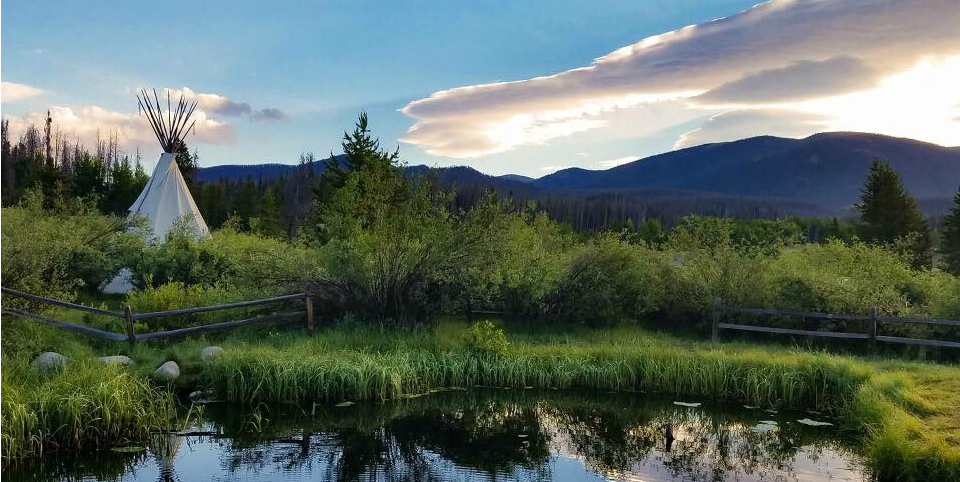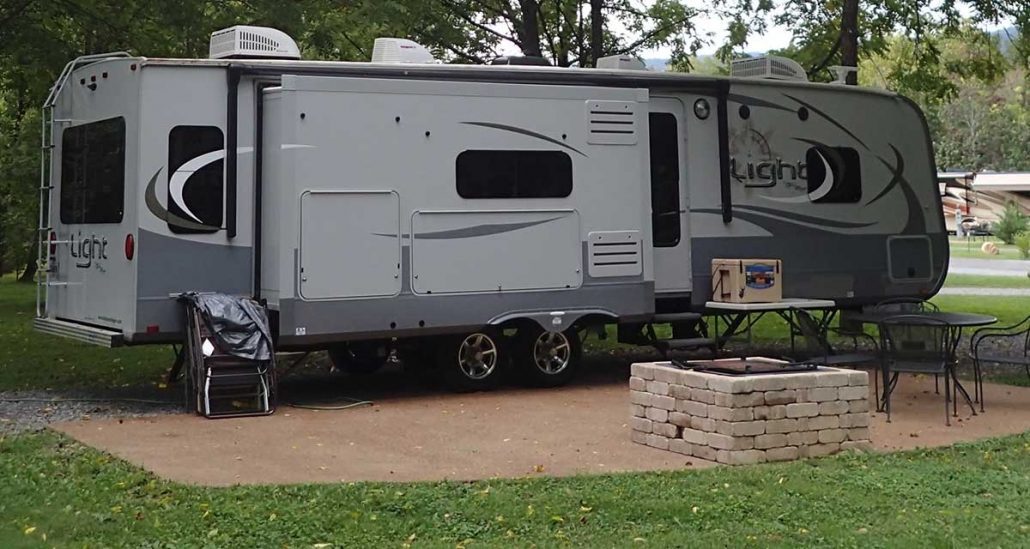What Is A Double Hookup Rv Site
You know where you want to go, and what you want to see and do; now it's time to start making those all-important campground reservations. The most convenient way is to book online at a camping reservation website. Simply select the state you want, the nearest city, or even the name of the campground. Easy enough.
- Tent Pad Length: 40. Please be aware that this site has minimal grass available for tents. Please be aware that there is a 14 day maximum consecutive stay rule in effect for this facility. Reservations at the campground cannot exceed 14 nights in a 30 day period of time.
- Group Horse—A large group area without individual sites, specifically for horseback riders and their steeds. Group Tent—Aame as above, only for large groups in tents. Partial Hookup—A site with water and electricity but no sewer. Pull Through—A campsite where you can pull your rig through instead of backing in.
Then it can get a little confusing.
In the list of campsites unfamiliar icons and symbols may appear next to each listing: tiny images of dogs, electrical plugs or lightning bolts (some with a number next to them), wheelchairs, and the like.
You may also notice exotic phrases like 'primitive,' 'full hookups,' 'vault toilet,' 'loop,' 'pull through,' 'driveway surface,' 'accessible' and others.
Then there's the map of the campground. It shows tiny drawings of tents, trailers and motorhomes; plus someone taking a shower, and water faucets.
Now you start to wonder: What kind of campsite should you get? How far from the lake is it? Will your RV fit? What about water and electricity? Where are the restrooms? Are there restrooms?
Hookups are found at RV parks and campgrounds, and access to them will result in a higher per-site price than a standard parking site. Many parks offer full or partial hookups, allowing you to pay only for what you use. Water hookups provide access to the running water needed for many of the appliances in your RV. WELCOME TO RIVER RANCH RV RESORT, a Luxury Florida RV Resort with access to the Kissimmee River where Glamping has never been better! This privately owned RV campsite is FULL HOOKUP with 30/50amp service, water and sewer hookups.
The last thing you need is to pull up to a campground with your tow vehicle and 25-foot trailer, only to discover that you accidentally reserved a tent site with no adjacent parking. You've got no shade, no water, no power. Worst of all, there's not enough room for your trailer and your SUV. And there are no other sites available.
The best way to avoid that scenario is to know what you're getting into. Here's a list of campground symbols, and their descriptions, to help ensure you reserve the right spot:
Campsite Search Listing

Site #—The number of a specific campsite.
Loop—Since the roads in most campgrounds are narrow, their campsites are arranged on one-way loops to keep traffic flowing. The loops have names or numbers for easy identification. If there's only one loop, then no name or number is given.
Site Type—Indicates the level of creature comforts available, from absolutely none (often listed as 'primitive'), to 'standard' (usually a paved or graded drive, picnic table and fire ring), or 'premium' (paved, picnic table, fire ring, electricity, water, sewer). These designations may vary from one reservation system to another.
Max # of People—The maximum number of campers that can stay in one campsite, based on its size. You don't want 15 friends trying to squeeze into a site designed for four people.
Equip Length/Driveway—The combined length of a tow vehicle and trailer or a motorhome that can be accommodated. For tent sites, the driveway length may be shown as '0' (zero), meaning that there is no parking space immediately adjacent to the site, although it is usually nearby. In the example above, '35 Back-In' means the driveway is 35 feet long and you back into it.
Amenities—Icons will indicate if there is electrical power and how many amps (usually 15, 30 or 50); hookups for water, electricity and sewer ('FULL' indicates all three); if the site is near water; and if pets are allowed.
Campground Amenities—Can indicate if there are campsites available for campers with disabilities, if there is fishing, and whether or not the campground has fire rings, restrooms, showers, hiking trails or a visitor center.
Campsite Map
Other icons you may see include:
- Motorhome with Electric PlugElectric power is available
- 'Full' Electricity, water and sewer at that site
- Water faucetPiped in water is available (check with park staff to see if water is safe for drinking)
Other Mysterious Phrases
Accessible Flush Toilets—For disabled campers.

Accessible Sites—Sites designed to accommodate disabled campers.
What Is A Double Hookup Rv Site On Craigslist
Dump Station—Where wastewater from RVs is dumped. Potable water for freshwater tanks or containers may also be available at or near the actual dump location.
Group—A large common area where many RVs can gather.
Group Horse—A large group area without individual sites, specifically for horseback riders and their steeds.
Group Tent—Aame as above, only for large groups in tents.
Partial Hookup—A site with water and electricity but no sewer.
Pull Through—A campsite where you can pull your rig through instead of backing in.
Season—The time of year that the campground is open.
'Vault' or 'Pit' Toilet—Non-flushing toilet, quaintly known as an 'outhouse.'
Wooded Site—Describes a campsite where trees provide shade most of the day.
Once you get the hang of all the campground symbols, you should be able to make your next campsite reservation in a snap.
Reserve a campsite.

Jeff Adams is a California-based freelance writer, contributor to ReserveAmerica.com and an avid camping enthusiast. He's been dragging his trailer and willing family around the western U.S. for more than a decade.
What Is A Double Hookup Rv Site Definition
The safest and simplest way to install a home hookup for a recreational vehicle, or RV, is to use a supply pedestal manufactured for the purpose. Supply pedestals are similar to the hookups at most campsites, typically made with one built-in 50-amp outlet, one 30-amp outlet and one or two 20-amp outlets. Appropriately sized circuit breakers are preinstalled, and some feature a usage meter and a switched light for using the pedestal after dark. They are weatherproof and entirely self-contained, set up so that one 50-amp connection to the pedestal supplies all the outlets with their correct voltages.
Step 1
Locate the breaker box to the home. Open the exterior cover and switch the main breaker to “Off.” The main breaker is the uppermost, largest breaker, usually marked as 100 or 200 amps. Remove the two screws at the bottom of the dead-front panel and lift it away, then test that all power is off using your voltage meter to bridge from the live side to the neutral side.
Step 2
Install a 50-amp double-hot-pole circuit breaker in a vacant slot. Using Type UF-rated, four-conductor six-gauge wire, connect the two 120-volt hot wires -- one black and one red -- to the fused screws of the breaker. It does not matter which colored wire is connected to which terminal screw. Connect the green wire to the ground bar and the white wire to the neutral bus.
Step 3
Run the four-conductor wire to the location of the home RV hookup, using plastic zip ties or cable clips to position it in such a way that it is neither vulnerable to accidental damage nor a trip hazard.
Step 4
Unscrew the case front of the new home hookup pedestal and lift it away. Follow the pedestal manufacturer’s instructions to correctly connect the new run of wire from the home’s breaker box. Typically there will be clearly marked terminals toward the bottom of the pedestal, one each for the black and red hot wires (still interchangeable), one for the neutral wire (usually white) and one for the ground wire (typically green).
Replace the pedestal case front and the breaker box dead-front panel, then switch the main breaker to “On.” Use a voltage meter set at 240 volts to test the function of each outlet on the RV home hookup pedestal.
References
Things You'll Need

- Electrical toolkit
- Voltage meter
- 50-amp fuse
- Type UF-rated, four-conductor six-gauge wire
- RV pedestal
- Plastic zip ties
- Cable clips (optional)
Warnings
- Even after throwing the 100- or 200-amp main switch to “Off,” the thick wires at the top of the breaker box carry unfused current. Touching them could be lethal.
Writer Bio
John Cagney Nash began composing press releases and event reviews for British nightclubs in 1982. His material was first published in the 'Eastern Daily Press.' Nash's work focuses on American life, travel and the music industry. In 1998 he earned an OxBridge doctorate in philosophy and immediately emigrated to America.